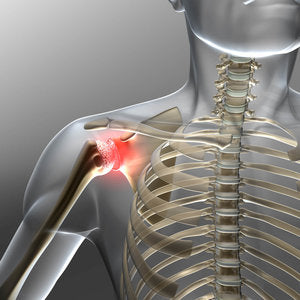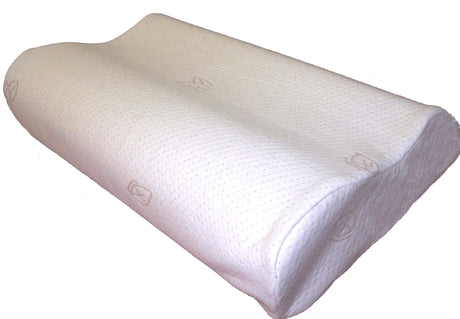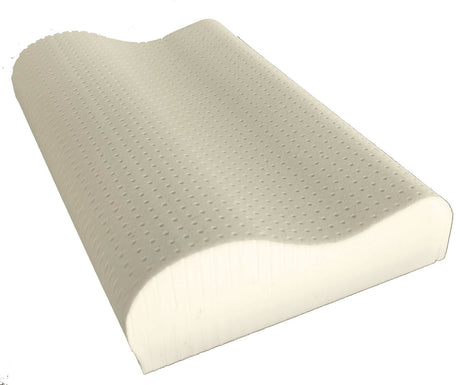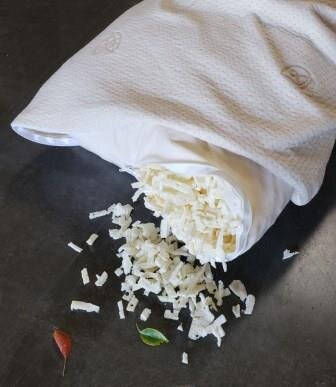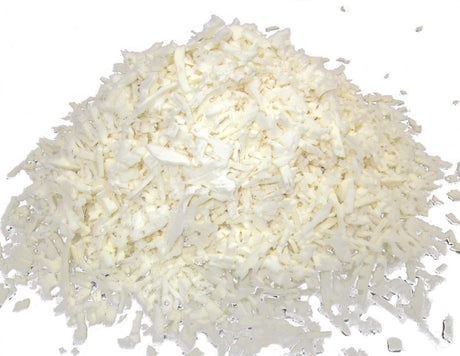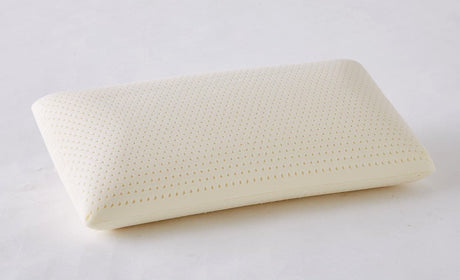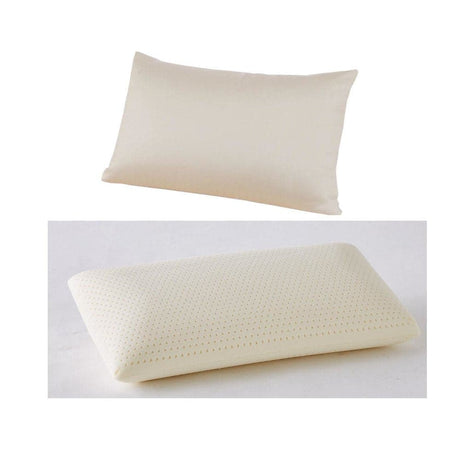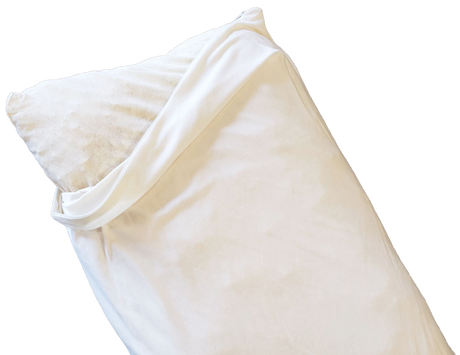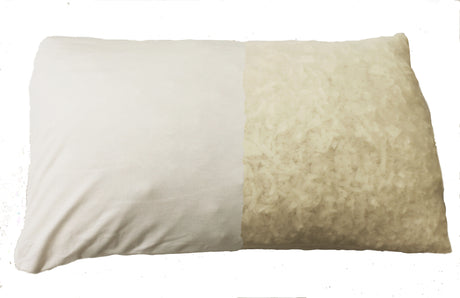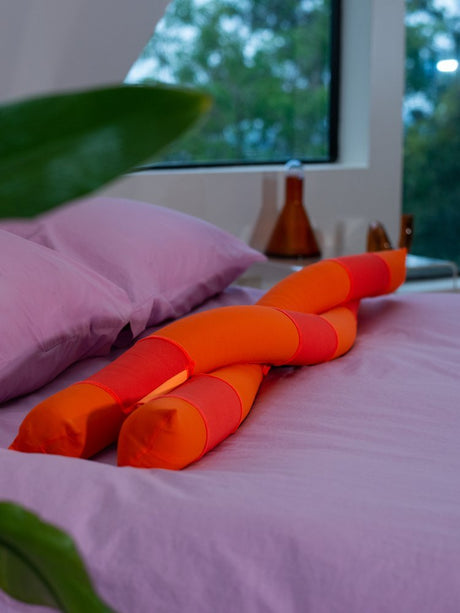Pain or discomfort from shoulder pressure is often reported as a cause of sleep disruptions. In order to address this issue, we have to understand how a shoulder joint is constructed and what is special about this joint. The shoulder is the most mobile joint of the human body with a less stable bone structure compared to the hip, where the socket holds and guides the femoral head in a ball-and-socket type joint. The shoulder joint is secured only by muscles and ligaments. For this reason, the shoulder tends to become unstable when there is too little muscle mass or muscle imbalances.
Frequently, people have a muscle imbalance in their shoulder area where the anterior muscles are shorter than the posterior muscles and pull the shoulder joint forward from its neutral, correct position. If a joint does not sit exactly where it should, this can lead to increased wear resulting in an impingement syndrome, arthrosis, or other painful conditions. Untreated shoulder pain can become chronic.
During sleep, muscle tension is decreased and the shoulder is even less stable, which can further exacerbate inflammatory conditions through incorrect positioning and pressure during a time when healing should take place.
If you are a side sleeper and your mattress is too firm in the shoulder area, your shoulder alignment will be off-center and irritated structures will be compressed. This creates discomfort, pain, and tension all the way up to the cervical area. In addition, vessels and nerves can be compressed, triggering a tingling sensation in the arm or hands.
However, too much firmness in the shoulder zone is not always the single cause of shoulder pain. The shoulder zone must offer good give and pressure relief, but if at the same time the whole mattress is too soft, this can also contribute to shoulder pain. Insufficient support in the waist/lower back will affect your shoulder by the vertical forces of your body's weight pulling on the shoulder from the center of your body. It is also important to choose a pillow at the right height and firmness level.

SUPPORT IN THE LOWER BACK (LORDOSIS) MUST BE INCREASED UNTIL THE BODY DOES NOT SAG IN THE WAIST ANY LONGER.
Other than undifferentiated box springs or rigid platform foundations, the curved slats in our flexible slat foundation provide both suspension and contour for greater comfort and pressure reduction. In addition, the firmness of slats can be customized to your body weight and shape for targeted support.

THE SLAT SUSPENSION WAS INVENTED IN BREMERVÖRDE IN GERMANY IN 1957 AND STILL ACCOUNTS FOR THE VAST MAJORITY OF BED SALES IN NORTHERN EUROPE.

